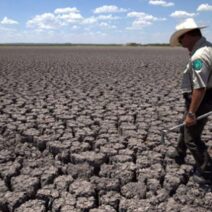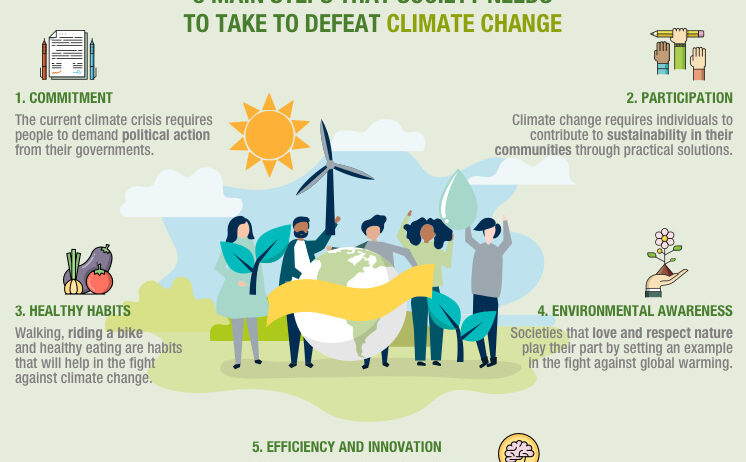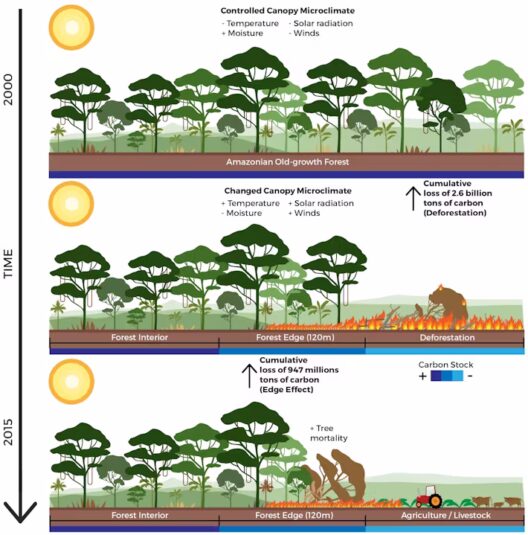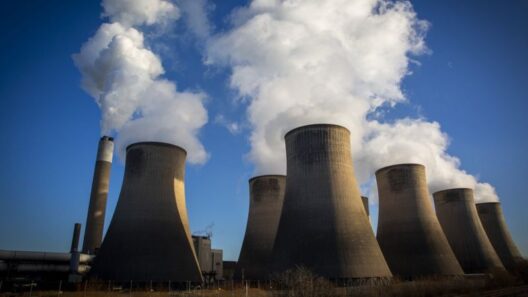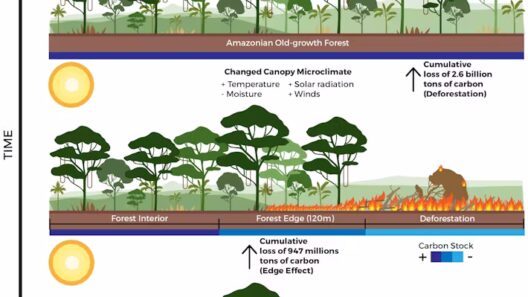In the epoch of significant environmental upheaval, one may draw a poignant parallel between the planet and a ship navigating treacherous seas. As the tempestuous winds of climate change threaten to capsize our vessel, the question lingers: how can we combat this force without compromising our future? The answer lies not in the abandonment of the journey, but rather in the strategic reinvention of our course, steering thoughtfully towards sustainability.
To embark upon this path, we must unequivocally acknowledge the inexorable link between human activity and the escalating climate crisis. The various manifestations of climate change—rising sea levels, catastrophic weather events, and biodiversity loss—demonstrate that our collective actions have consequences. However, rather than succumb to despair, we can harness this knowledge as a catalyst for transformative change. Our strategy may be likened to the cultivation of a garden; we must carefully select the seeds we plant to ensure a thriving ecosystem that supports future generations.
One potent seed of change is the transition to renewable energy. By investing in solar, wind, and hydroelectric power, we harness the inexhaustible resources provided by nature—akin to allowing the sun and the wind to nurture our garden. This transition not only mitigates greenhouse gas emissions but also catalyzes economic vitality. By creating jobs within the burgeoning renewable sector, we simultaneously cultivate a sustainable economy while safeguarding the planet. It is vital to remember that the sun does not discriminate; its rays nourish all equally, illustrating that environmental justice and economic opportunity can flourish together.
Furthermore, energy efficiency serves as another pillar in our green strategy. Like a ship tightening its sails to harness the wind more effectively, we must embrace technologies and practices that amplify our existing energy systems. From the retrofitting of buildings to the adoption of smart technologies in homes and industries, the optimization of energy use is imperative. Not only does this diminish carbon footprints, but it also alleviates the financial burdens placed on families and businesses. Every kilowatt saved represents a small victory against the insatiable appetite for fossil fuels, contributing towards a larger narrative of resilience.
Equally essential is the reimagining of transportation systems. In this modern age, roads have become the arteries of commerce and civilization. However, these veins are congested with emissions-intensive vehicles contributing to our atmospheric malaise. The cultivation of public transport, cycling infrastructure, and electric vehicles can serve to alleviate this congestion. It also necessitates a shift in cultural perception; transportation should be viewed not merely as a means to an end but as an integral component of our urban ecosystem. The charm of traversing our cities with ease, unmarred by the specter of pollution, is an appeal worth nurturing.
Moreover, a sustainable future must embrace regenerative agricultural practices. The soil beneath our feet is not just dirt; it is a living entity that oxygenates our earth and nourishes our bodies. By adopting permaculture, organic farming, and agroforestry, we can heal the Earth’s crust while producing food in harmony with nature. This approach not only secures the sustenance for our growing population but also enhances biodiversity, sequesters carbon, and restores soil fertility. Protecting the delicate equilibrium of our ecosystems demands a commitment to sustainable agriculture that respects the land—farming that enhances land rather than exploits it.
Education forms yet another cornerstone in our quest for climate resilience. Much like planting awareness in young minds, education germinates the values and behaviors that sustain a vibrant planet. An informed populace is more likely to participate in climate action initiatives, shape policies advocating for environmental stewardship, and engage in dialogues regarding social responsibility. By prioritizing environmental education, we rouse a transformation in collective consciousness, empowering individuals to become stewards of the Earth.
The nexus between innovation and sustainability represents the pulsating heart of combating climate change. Every societal facet—business, technology, and governance—can contribute to this movement. The advent of carbon capture technology exemplifies how ingenuity can address challenges previously deemed insurmountable. Industries that once thrived on emissions are now pivoting towards sustainability by developing low-carbon alternatives. The journey towards carbon neutrality is akin to navigating through uncharted waters, where adaptation and ingenuity are our compasses.
Finally, collective action is imperatively crucial in this multifaceted battle against climate change. A lone ship may traverse turbulent waters, but a fleet can weather any storm. Grassroots movements, community action, and international collaboration are indispensable to cultivating a collective consciousness regarding our shared fate. When individuals, communities, businesses, and governments unite, they amplify their voices, fostering a symbiotic relationship that can challenge even the mightiest of barriers.
In conclusion, combating climate change without compromising our future requires a tapestry of strategies woven together with foresight, innovation, and collaboration. From the adoption of renewable energy and enhanced energy efficiency to sustainable agriculture and educational initiatives, these threads, when entwined, create a resilient, thriving society. As we navigate this intricate landscape, let us remember that the decisions we make today shape the legacy we leave tomorrow—a legacy that will either flourish or flounder in the annals of history.

